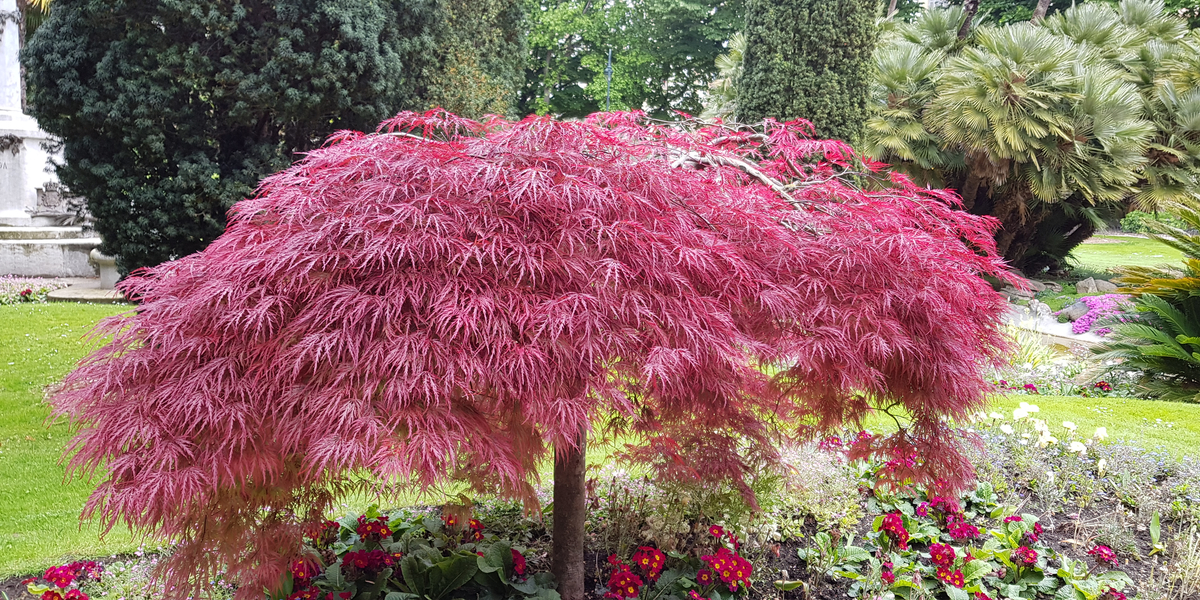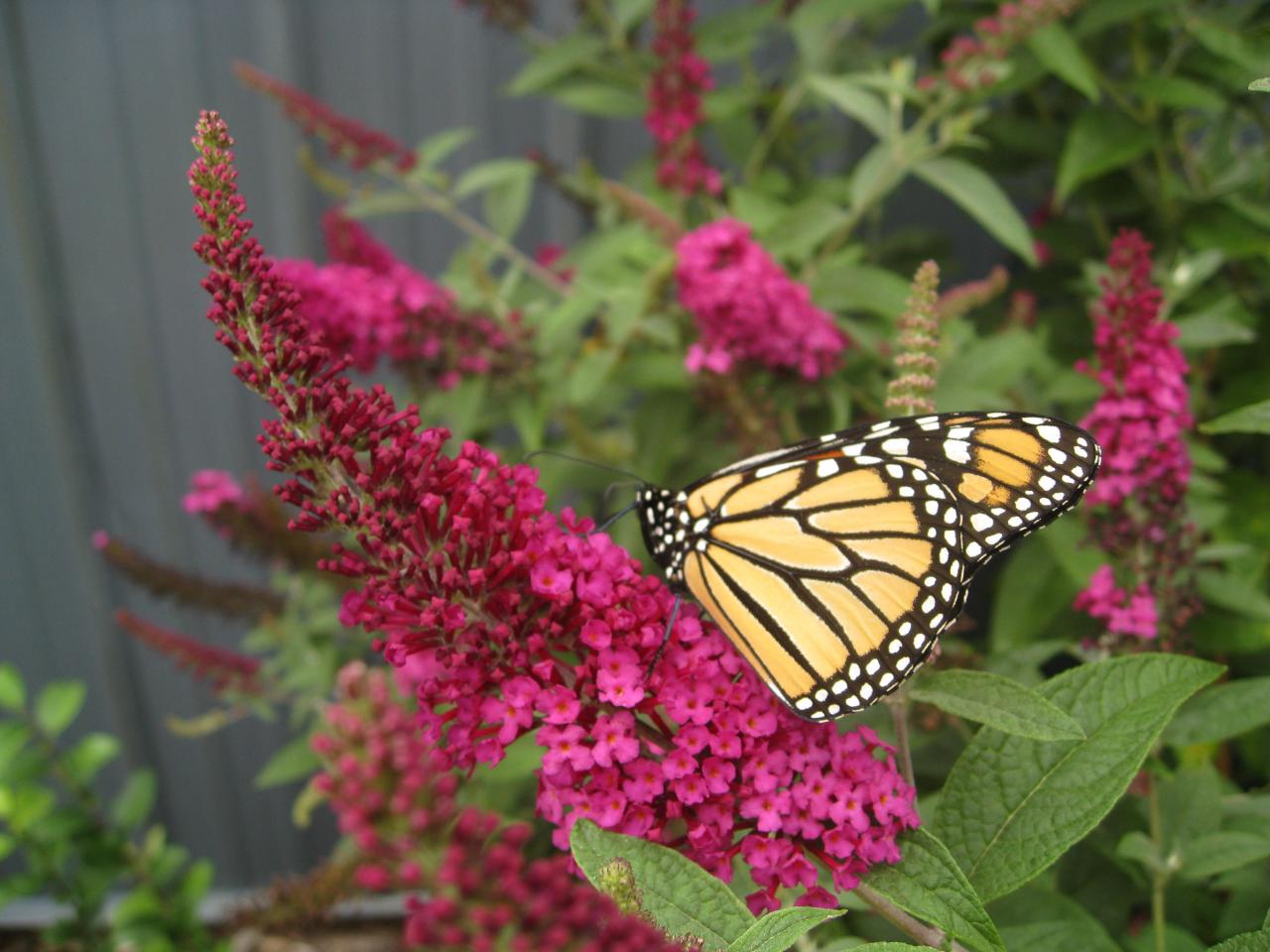How To Grow And Care For A Japanese Iris Plant
Japanese iris is a stunning addition to any garden. With its exquisite blooms and unique texture, the Japanese iris is sure to be a showstopper in your garden. If you're looking to add this plant to your garden, we've got you covered. Here is all you need to know about Japanese iris care.

Plant Attributes
The Japanese iris, also known as iris ensata, is a herbaceous perennial. This plant can grow up to three feet tall and has narrow, blade-like leaves. The Japanese iris produces large, striking blooms that come in a variety of colors, including white, purple, blue, and pink. These blooms can reach up to six inches in diameter.
The Japanese iris prefers moist, well-draining soil and full sun to partial shade. It is a hardy plant that can tolerate wet conditions and is perfect for planting around the edge of ponds or in other damp areas of your garden.
Plant Care
When it comes to Japanese iris care, it's all about providing the right growing conditions. As mentioned earlier, this plant prefers moist, well-draining soil and full sun to partial shade. If you're planting Japanese iris in a sunny location, be sure to water it regularly to keep the soil moist.
During the growing season, you should fertilize your Japanese iris every four to six weeks with a balanced fertilizer. This will help provide the plant with the nutrients it needs to produce healthy, vibrant blooms.
Pruning
Pruning Japanese iris is an important part of care. After the blooming season is over, you should cut back the plant's foliage to the ground. This will help encourage new growth and improve the appearance of the plant.
Propagation
Propagating Japanese iris is relatively easy. You can do this by dividing the plant in the spring or fall. Simply dig up the plant and carefully separate the root ball into smaller sections. Replant the sections in the desired location, making sure to water them well.
Potting & Repotting
Japanese iris can be grown in pots, but it's important to choose the right size pot. Make sure the pot is large enough to accommodate the plant's root system. Use a good quality potting mix that is well-draining, and water the plant regularly to keep the soil moist.
Repotting Japanese iris should be done every two to three years to ensure that the plant has enough room to grow. When repotting, be sure to use fresh potting mix and a clean pot.
Common Pests & Plant Disease
Japanese iris is relatively pest and disease-free. However, it can be susceptible to root rot if the soil is too wet. To prevent this, make sure the soil is well-draining and avoid overwatering the plant.
Common Problems
One common problem with Japanese iris is that the blooms can sometimes become distorted or stunted. This is typically caused by a virus or fungus. To prevent this, make sure to plant your Japanese iris in well-draining soil, fertilize regularly, and water the plant consistently.




Post a Comment for "How To Grow And Care For A Japanese Iris Plant"